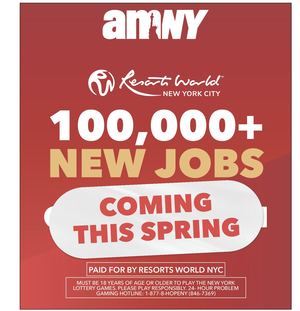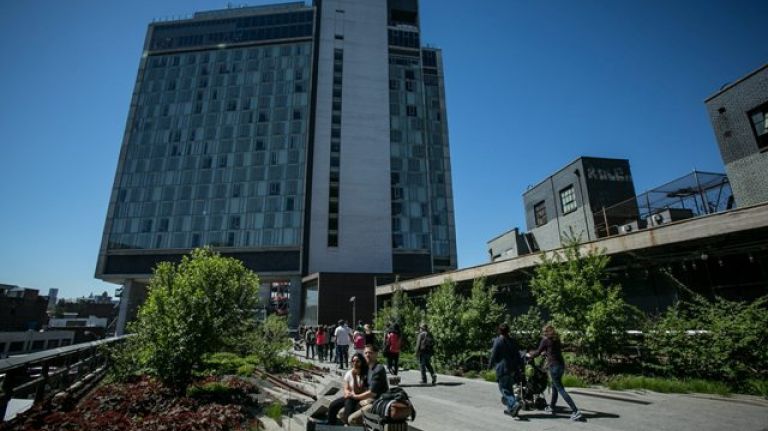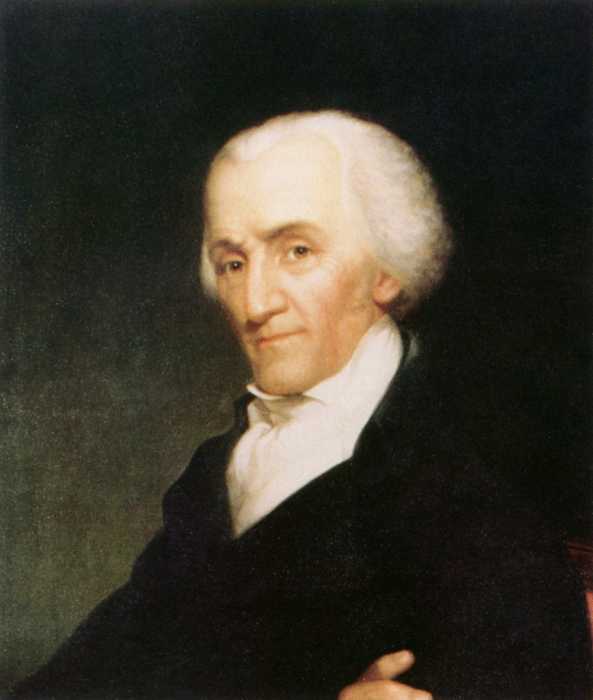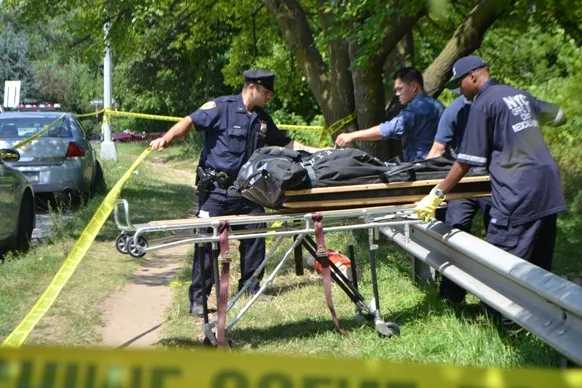
Strolling along the High Line while eating ice cream is one of the sweeter pleasures of contemporary Manhattan. But not everyone benefits equally from the gorgeous space.
Real estate interests are making bank off the views of the High Line — the park built on an elevated former railroad track on the West Side — and failing to share the wealth with hardworking New Yorkers. Luxury housing overlooking the striking park is astronomically expensive, but the doormen and other workers in the buildings barely get by.
Cesar Coronel, a father of three who lives in the Bronx, is a doorman at a 10th Avenue building where a one-bedroom condo is listed for $1.7 million. A resident there owns a second home in the Hamptons valued at about $8.2 million, according to Zillow, the real estate firm.
Coronel, who has worked at the building for about six years, makes $13 an hour and has no health insurance. To support his family, he said he works two jobs, both almost full time — which means he hardly sees his kids.
Coronel said his daughter often asks why he doesn’t spend more time with her. “But every day I look in my mailbox and the bills keep piling up,” he added.
He’s not alone. At another building on West 28th Street, some workers earn as little as $10 an hour, and a one-bedroom is listed for $1.25 million. In a glass-sheathed building on 10th Avenue, a duplex rents for $22,000 a month, and workers there said they have no health insurance or paid sick days. Coronel and his colleagues are working to organize co-workers and join Local 32BJ of the Service Employees International Union. They want better wages, benefits and job security.
The developers and building owners can afford to share the wealth, so let’s hope the workers are successful. But it’s also a lesson to hold the next mayor — presumably Bill de Blasio — to his promises not to mistake luxury housing for economic development, as outgoing Mayor Michael Bloomberg has done.
The buildings house only the 1 percent, and those who developed or own them have not created jobs that would help workers avoid poverty.






































